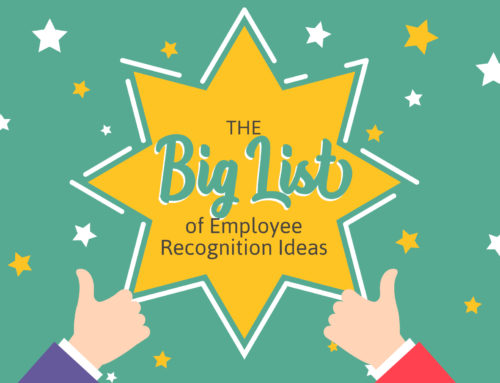 It’s clear that promoting diversity in the workplace has business benefits. But what about multigenerational diversity? According the UNC Keenan-Flagler Business School, this is just as important, as it helps leaders “leverage each generation’s talents and strengths.” Based on recent findings from this school, here are some tips on how to engage four different generations in today’s workplace.
It’s clear that promoting diversity in the workplace has business benefits. But what about multigenerational diversity? According the UNC Keenan-Flagler Business School, this is just as important, as it helps leaders “leverage each generation’s talents and strengths.” Based on recent findings from this school, here are some tips on how to engage four different generations in today’s workplace.
Baby Boomers
Born between 1946 and 1964
What Are Their Characteristics?
- Strong work ethic, good team players, and competitive
- Extremely loyal to their employers, as well as being service- and goal-oriented
- Can be uncomfortable with conflict
What Do They Look for in a Leader?
- Someone who seeks consensus and treats them as equals
- A leader who takes a democratic approach
- Someone who will work with the group to define the team’s mission
How Can They Be Recruited and Retained?
- Try offering flexible working arrangements and phased retirement programs that will encourage them to stay in the workforce longer
- Develop processes to help them share their expertise with other generations
Generation X
Born between 1965 and 1979
What Are Their Characteristics?
- Independent, resilient, flexible, and adaptable
- Can be skeptical and leery of authority
- Because they saw the birth of the Internet, they are technically quite proficient
What Do They Look for in a Leader?
- A straightforward, genuine, and “hands-off” approach
- Ongoing training and growth opportunities, even if those opportunities are lateral
- Having entered the workforce during a recession, they are results-oriented and look for flexibility in how their work gets done
How Can They Be Recruited and Retained?
- Allow for autonomous work, offer flexibility, and provide clear, measurable goals
- Provide opportunities and challenges throughout the organization, both vertically and horizontally
Generation Y or Millennials
Born Between 1980 and 1995
What Are Their Characteristics?
- Goal and achievement oriented, good team players, optimistic, and tech savvy
- Often place high value on social and corporate responsibility
- Often reject hierarchical, top-down communication
What Do They Look for in a Leader?
- Leaders who take an educational approach and who understand their personal and professional goals
- Leaders who coach them, are positive, collaborative, achievement-oriented, and who provide structure
How Can They Be Recruited and Retained?
- Try offering meaningful work that includes contributing to the larger mission
- Provide opportunities to give back through volunteer and philanthropic activities
- To retain them, try inviting them into the recruiting process to attract future leaders
Generation Z
Born in 1996 or Later
What Do We Know About Them?
While it is probably too early to identify characteristics and preferences related to the workplace, some initial research from UNC Keenan-Flagler reveals that:
- 60 percent of 14-18 year olds said that having an impact on the world would be more important than their jobs, possibly indicating a need for a stronger focus on corporate social responsibility
- Having witnessed the rising cost of higher education and growing student debt, only 64 percent agreed that getting an advanced degree was a life goal
While some employees may not like the idea that they’re defined by when they were born, UNC Keenan-Flagler is using their research to create awareness. According to them, a multigenerational workforce is “the new normal,” and leaders should have a game plan ready.





